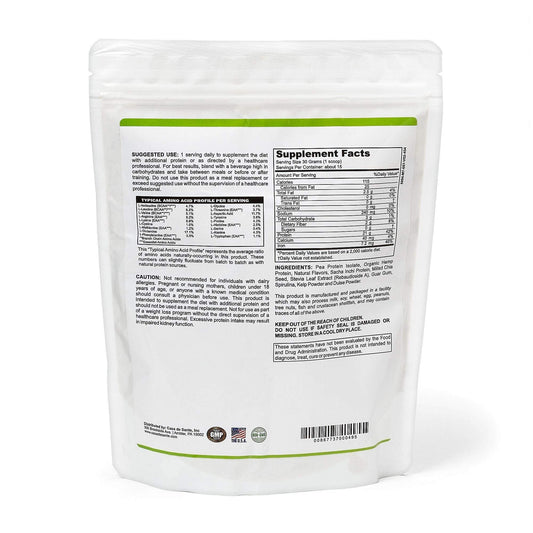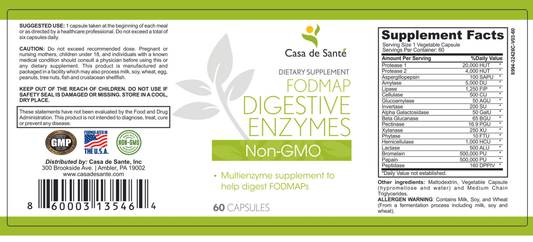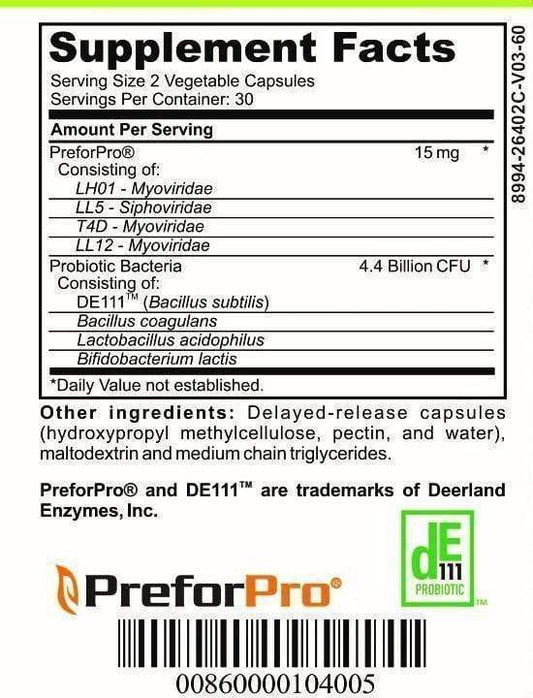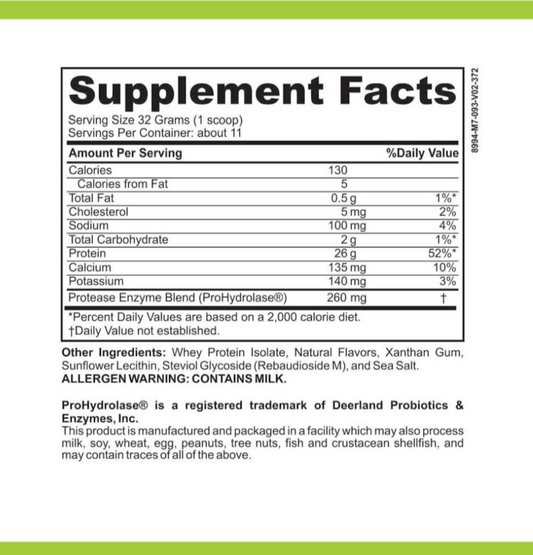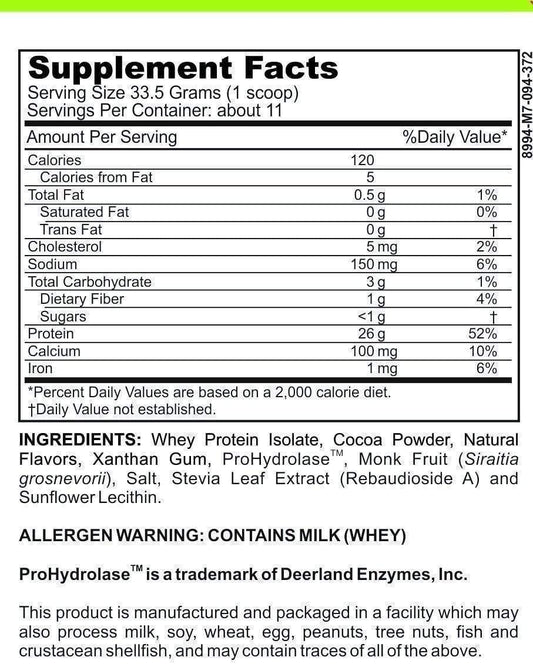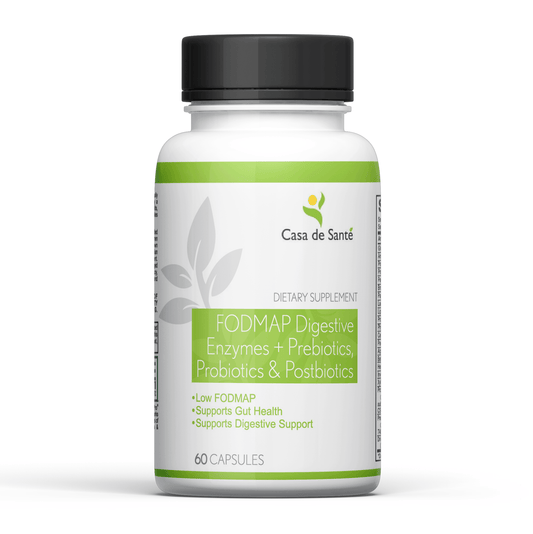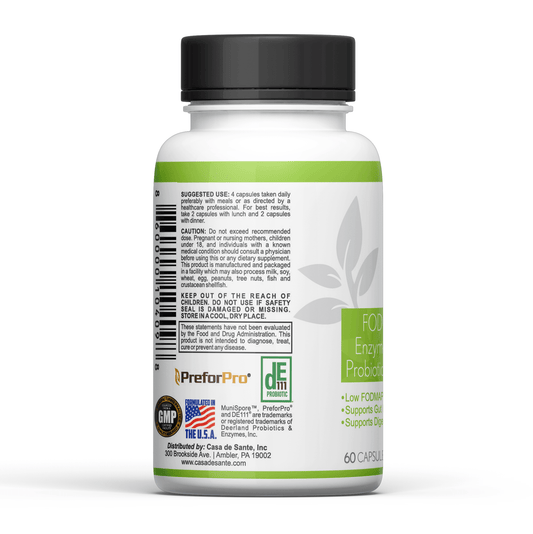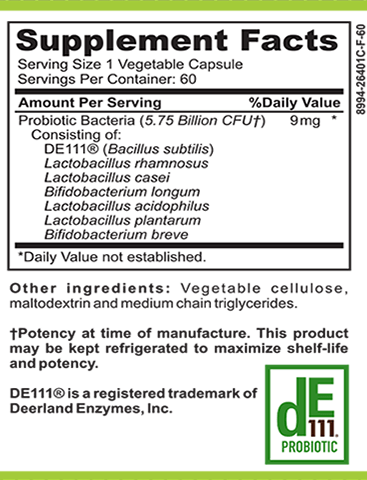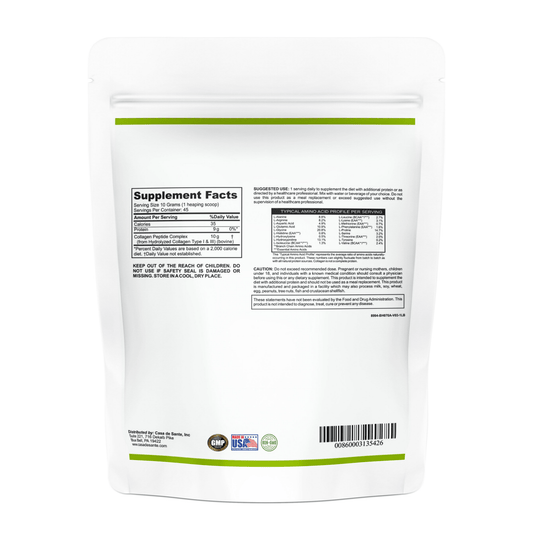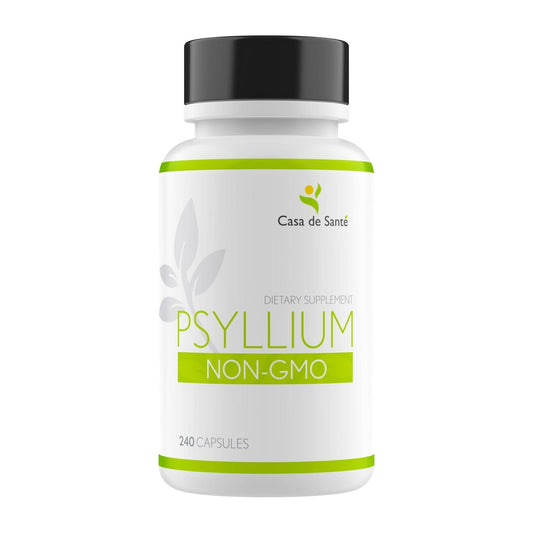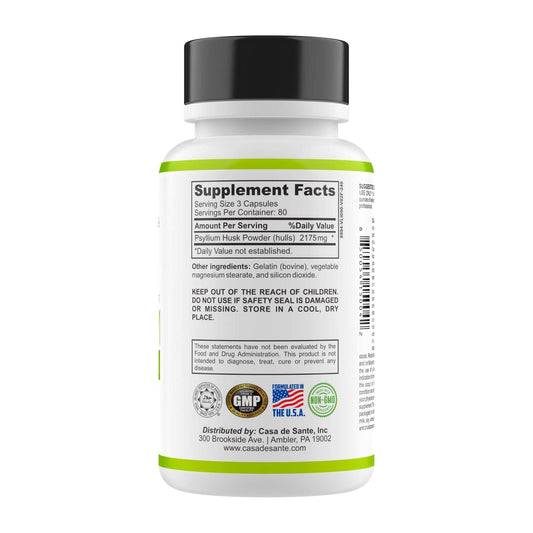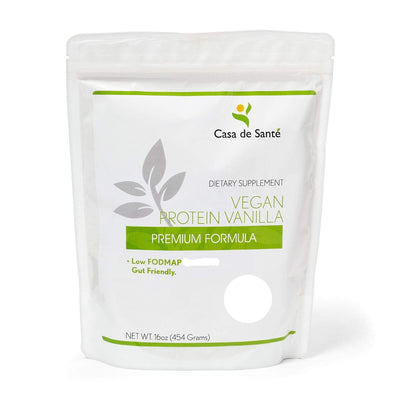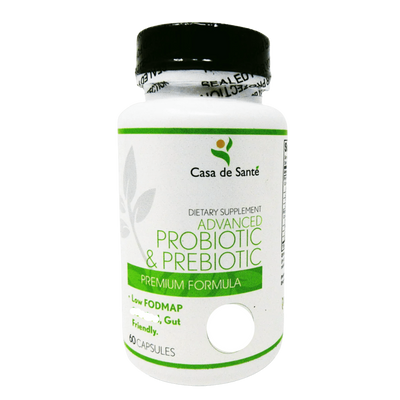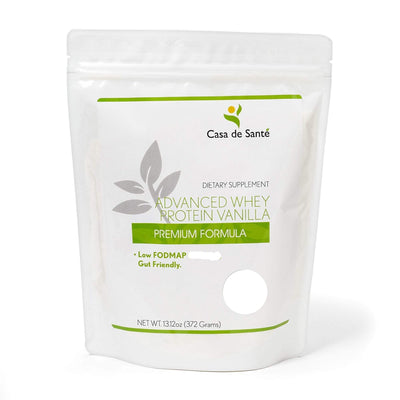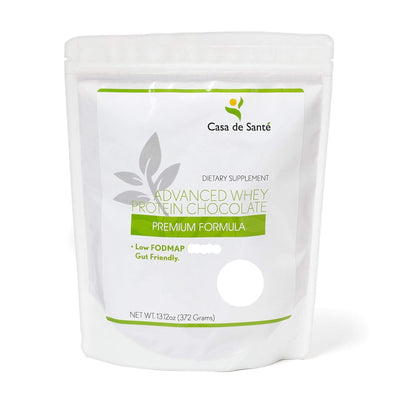What Are High GOS Foods: A Comprehensive Guide to Galacto-Oligosaccharides
What Are High GOS Foods: A Comprehensive Guide to Galacto-Oligosaccharides
If you've been exploring the world of gut health, you've likely encountered the term "GOS" or galacto-oligosaccharides. These powerful prebiotics have gained significant attention for their role in supporting digestive health and overall wellbeing. But what exactly are GOS foods, and how can they benefit your health? This comprehensive guide will walk you through everything you need to know about galacto-oligosaccharides, from their scientific makeup to the best food sources and practical ways to incorporate them into your diet.
Understanding Galacto-Oligosaccharides (GOS)
Galacto-oligosaccharides, commonly abbreviated as GOS, are a group of carbohydrates that belong to the prebiotic fiber family. Unlike probiotics, which are live beneficial bacteria, prebiotics serve as food for these beneficial bacteria already residing in your gut. Think of GOS as premium fuel that helps your gut's good bacteria thrive and multiply.
Structurally, GOS consist of chains of galactose molecules with a glucose molecule at one end. What makes them special is that human digestive enzymes cannot break them down. Instead, they travel intact to the large intestine, where they become a feast for beneficial bacteria like Bifidobacteria and Lactobacilli.
The Science Behind GOS
From a chemical perspective, GOS are classified as oligosaccharides, which means they contain between 3 and 10 simple sugar molecules linked together. They're naturally present in some foods but can also be produced commercially through the enzymatic conversion of lactose (milk sugar). This process involves using beta-galactosidase enzymes to transform lactose into these beneficial compounds.
The inability of our digestive system to break down GOS is actually their superpower. By remaining intact until they reach the colon, they can selectively feed beneficial bacteria, promoting a healthier gut microbiome composition. This selective nourishment of good bacteria is what defines a true prebiotic.
Health Benefits of GOS
The research surrounding GOS continues to expand, revealing numerous potential health benefits beyond basic digestive support. As interest in the gut-brain connection and microbiome health grows, GOS has emerged as a key player in the prebiotic landscape.
Digestive Health Improvements
Perhaps the most well-documented benefit of GOS is their positive impact on digestive health. By selectively feeding beneficial bacteria in the gut, GOS help create a more balanced microbiome. This can lead to improved bowel regularity, reduced constipation, and better overall digestive comfort.
Studies have shown that regular consumption of GOS can increase stool frequency and improve stool consistency in people suffering from constipation. Additionally, the fermentation of GOS by gut bacteria produces short-chain fatty acids (SCFAs) like butyrate, which nourish colon cells and maintain gut barrier integrity.
Immune System Support
A healthy gut microbiome plays a crucial role in immune function, and GOS can help strengthen this connection. Research suggests that GOS consumption may enhance immune response by increasing the production of secretory IgA antibodies, which form the first line of defense against pathogens in mucous membranes.
Additionally, the beneficial bacteria nourished by GOS can help crowd out harmful microorganisms, creating a competitive environment that favors health-promoting species. Some studies have even shown that GOS supplementation may reduce the incidence and duration of common infections, particularly in children and older adults.
Mineral Absorption Enhancement
Another fascinating benefit of GOS is their potential to improve mineral absorption, particularly calcium and magnesium. When gut bacteria ferment GOS, they produce acids that lower the pH in the colon. This more acidic environment can enhance the solubility of minerals, making them easier for the body to absorb.
This benefit is especially relevant for bone health, as improved calcium absorption may contribute to stronger bones and potentially reduce the risk of osteoporosis. Some research suggests that combining GOS with adequate calcium intake could be particularly beneficial for maintaining bone density as we age.
Top Natural Sources of GOS
While GOS are available as supplements, incorporating natural food sources into your diet provides additional nutrients and health benefits. Here's a breakdown of the best natural sources of galacto-oligosaccharides.
Legumes and Pulses
Legumes are among the richest natural sources of GOS. Chickpeas, lentils, kidney beans, black beans, and soybeans all contain significant amounts of these beneficial prebiotics. The GOS content can vary depending on the specific legume and how it's prepared, but generally, these foods provide an excellent way to boost your prebiotic intake.
Interestingly, the cooking process doesn't significantly reduce the GOS content in legumes, unlike some other nutrients that can be lost during heating. However, soaking legumes before cooking can reduce some of their GOS content, which might be helpful for those who experience digestive discomfort when first increasing their intake.
Adding legumes to salads, soups, stews, or making homemade hummus are all delicious ways to incorporate these GOS-rich foods into your diet. Even a small serving of a half-cup of cooked legumes can provide a meaningful amount of these beneficial prebiotics.
Dairy Products
Certain dairy products naturally contain GOS, with human breast milk being the most notable example. In fact, human milk oligosaccharides (HMOs), which include GOS, are believed to play a crucial role in establishing a healthy gut microbiome in infants.
For adults, dairy products like yogurt can contain modest amounts of GOS, especially those that have been fermented. Some manufacturers now even fortify dairy products with additional GOS to enhance their prebiotic properties. Look for yogurts or kefir products that specifically mention added prebiotics on their labels.
Vegetables and Fruits
Several vegetables contain varying amounts of GOS, with root vegetables being particularly good sources. Onions, garlic, and Jerusalem artichokes (not to be confused with regular artichokes) contain notable amounts of various prebiotic fibers, including some GOS.
While fruits generally aren't as rich in GOS as legumes, some do contain modest amounts along with other types of prebiotic fibers. Nectarines, white peaches, and watermelon can contribute to your overall prebiotic intake, though they're not specifically high in GOS compared to other food sources.
Incorporating GOS Foods Into Your Diet
Adding more GOS-rich foods to your diet doesn't have to be complicated. With some simple strategies, you can boost your prebiotic intake and support your gut health without drastically changing your eating habits.
Gradual Introduction Strategies
If you're new to high-fiber or GOS-rich foods, it's wise to introduce them gradually. Starting with small portions and slowly increasing your intake gives your digestive system time to adjust. This approach can help minimize potential digestive discomfort like gas or bloating that some people experience when suddenly increasing their prebiotic intake.
Try adding just a quarter cup of legumes to your meals initially, perhaps mixed into a salad or soup where they're not the main component. Over several weeks, you can gradually increase the portion size as your digestive system adapts. Drinking plenty of water alongside your increased fiber intake can also help your digestive system process these foods more comfortably.
Delicious GOS-Rich Recipes
Making GOS-rich foods delicious is key to incorporating them regularly into your diet. A Mediterranean-style bean salad with chickpeas, red onions, cucumbers, tomatoes, and a lemon-olive oil dressing makes for a tasty lunch option packed with prebiotics. For breakfast, try overnight oats with yogurt and a sprinkle of chickpea flour for an extra GOS boost.
Lentil soups and stews are perfect comfort foods that deliver substantial amounts of GOS. Try a Moroccan-inspired lentil soup with warming spices like cumin, coriander, and a hint of cinnamon. For snacks, hummus made from chickpeas serves as an excellent vehicle for GOS, especially when paired with prebiotic-rich vegetables like slightly blanched onions or raw jicama sticks.
Potential Considerations and Side Effects
While GOS offer numerous health benefits, there are some considerations to keep in mind, especially for certain individuals or those with specific health conditions.
FODMAP Sensitivity and IBS
For people with irritable bowel syndrome (IBS) or FODMAP sensitivities, high-GOS foods might trigger symptoms like bloating, gas, abdominal pain, or changes in bowel habits. GOS are part of the "O" in FODMAP, which stands for "oligosaccharides." If you have diagnosed IBS and follow a low-FODMAP diet, you may need to limit high-GOS foods, at least during the elimination phase.
However, it's worth noting that many people with IBS can eventually reintroduce some GOS-containing foods after the initial elimination period. Working with a registered dietitian who specializes in digestive health can help you determine your personal tolerance levels and develop a balanced approach that supports gut health while minimizing symptoms.
Transitional Digestive Discomfort
Even for those without specific digestive conditions, suddenly increasing GOS intake can lead to temporary digestive discomfort. Gas, bloating, and changes in bowel movements are common as your gut microbiome adjusts to the new food source. This doesn't necessarily indicate a problem – rather, it's often a sign that the prebiotics are doing their job, feeding beneficial bacteria that produce gas as a byproduct of fermentation.
These symptoms typically subside as your digestive system adapts. The gradual introduction approach mentioned earlier is the best strategy to minimize this transitional discomfort. If symptoms persist or are severe, however, it's always wise to consult with a healthcare provider to rule out other potential causes.
Conclusion
Galacto-oligosaccharides represent a powerful tool in your nutritional arsenal for supporting gut health and overall wellbeing. From legumes and dairy to specially formulated functional foods, there are numerous ways to incorporate these beneficial prebiotics into your daily diet.
As research continues to uncover the far-reaching impacts of gut health on everything from immunity to mental health, the importance of prebiotics like GOS becomes increasingly clear. By understanding what these compounds are, where to find them, and how to incorporate them wisely into your meals, you can take a proactive approach to nurturing your gut microbiome.
Remember that dietary changes should always be approached mindfully, with attention to how your unique body responds. With patience and consistency, making GOS-rich foods a regular part of your diet can contribute to a healthier gut ecosystem and potentially better health outcomes for years to come.


